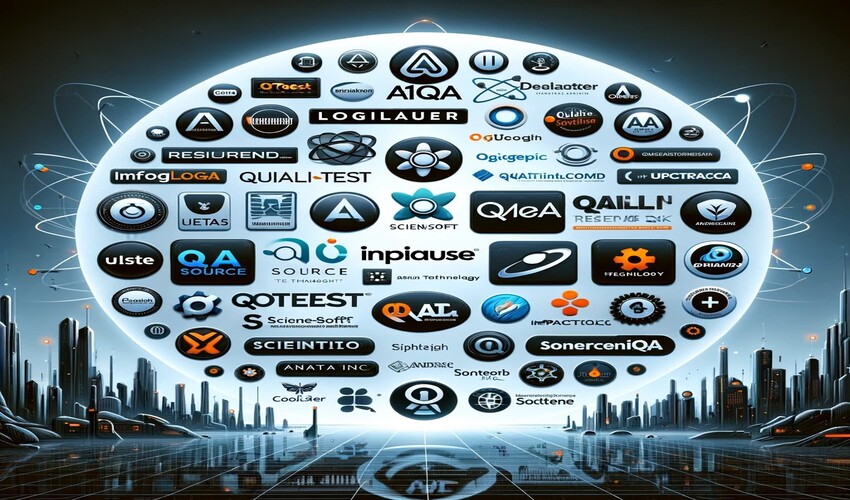Last updated on April 8th, 2024 at 06:36 am
Having Agile Software Testing in an agile software testing company means that an incremental design approach is adopted in Software testing to deliver small updates and pieces of the software rather than the whole of it. Agile supports DevOps and continuous testing as it is an iterative approach. Agile allows for testing to happen often and early in the SDLC taking care of the time-to-market and essentially bettering the quality of the product.
Tests are always at the beginning of Agile Software Development. For each testing phase, there are different tests that need attention and there are three of these methodologies:
1. Test-Driven Development (TDD):
Test-Driven Development (TDD) is a test-centric thing. The development of the software starts by defining what is needed to be tested and creating a user story around it. Once the user story is ready it is tested until it passes. TDD can be automated usually and it assures the proper functioning of features of any product.
Two types of TDD:
I) Acceptance Test-Driven Development (ATDD):
Acceptance Test-Driven Development or ATDD is just like TDD but ATDD covers customer input on development.
ii) Behavior-driven Development:
BDD is an offshoot of TDD and ATDD and it is used to develop a business outcomes. This means why any feature is made.
Exploratory Testing:
With exploratory testing, testers have to follow and rely on their intuitions. And this means that they cannot test based on pre-defined ideas and methods of software testing. It is based on a hunch and the intuition of the tester. This type of testing requires the tester to be equipped with information and expertise.
Session-testing:
In session-oriented Testing, the testers usually structure their testing and deliver based on the results. It is quite the opposite to exploratory testing.
With Agile testers do not have a planned strategy and test plan. It is because, with Agile, it is mandatory to be flexible and have the wiggle room with testing.
Agile does not rely on a test plan rather it works to develop a strategy that is a guiding tool.
There are some methods by which one can draft the Agile testing strategy and it can be an outline on a strategy document, a Kanban board or a test matrix.
A good testing strategy in Agile would feature the following things:
· Need which is defined by user story
· Objectives which are test cases
· Scoping about what will be tested
· Processes of how tests will be run
Tools can be really useful when developing and executing a test strategy.
Benefits of using Agile:
Agile testing helps in improving the product quality and also be the driving force to win and deliver on shorter cycles of testing. It will help fix bugs in time and most of them will be taken care of. The customers will be happier and informed about constant feedback.
Conclusion
Agile is a way to deal with the fast-paced software testing world, where testing companies are deploying the latest technologies and methodologies to deliver good quality software faster and without any worry. Some opt for Agile while some DevOps, some Waterfall and some V-model, whatever they go for, at the end of the day, if the quality of the software is compromised it means there is a flaw in the team or lead.

















Leave a Reply